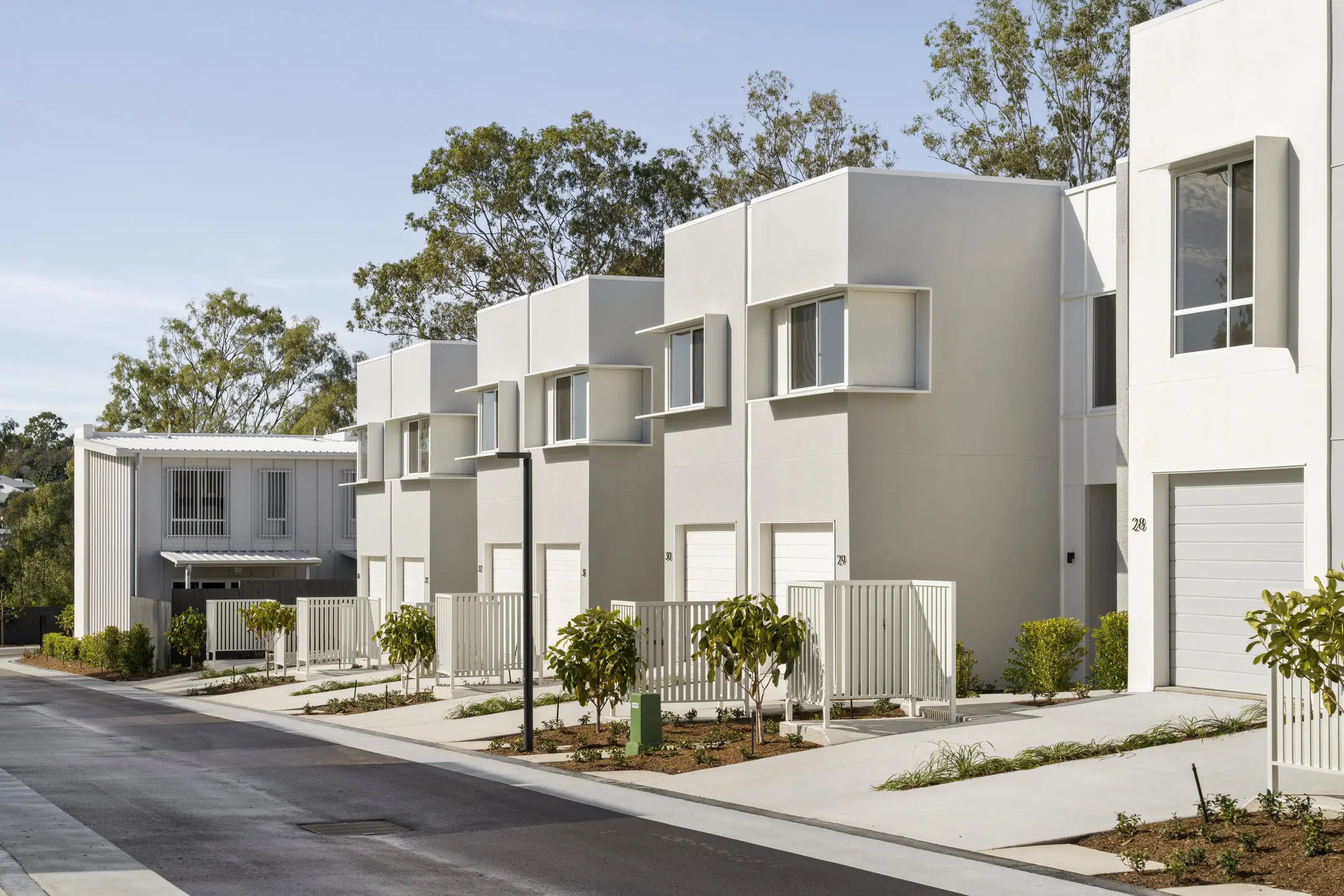
Choosing where to build your home is one of the biggest decisions you’ll ever have to make. With so many factors coming into play, it makes sense to break down your requirements into a shortlist of what’s important to you.
To help, we’ve pinpointed four key attributes you might want to consider, to ensure you build your brand new home in the perfect spot.
Location
When searching for house and land developments, most important for many buyers is the location. Whether you’re moving to afford the size of home you want, or moving to be close to family, the location can be a make or break factor.

It’s likely that you’ve already decided upon one or two areas you’re willing to move to (and most people don’t move far) so when comparing locations, make sure each will deliver everything you need. This might be local amenities, nearby childcare, or job prospects. If none of these is within easy reach or an acceptable commute, look elsewhere.
Remember, don't just think about what the location is like right now, think about what it might be like in the future. As our cities grow, many house and land developments are in surrounding suburbs in areas that are still predominantly farmland. Research to get a clear picture of the future prospects for each location in terms of planned infrastructure, education, amenities and so on.

Developer
Quite often in busy house and land areas, you’ll find a number of similar developments side by side, so the only difference between them might come down to who the developer is.
When you find a house and land development you’re interested in, take a look at the credentials and experience of the developer. In particular, researching their past performance at creating high-quality residential communities is key – after all, you could be living here for many years to come.

If possible, visit a previous development they’ve created, one that’s been occupied for a while. That way you’ll get a clear picture of the quality of their work, and be able to compare their standards with other developers.
The same goes if you’re building a house as an investment rather than to live in – you don’t want to have your property in a low-quality development that doesn’t attract tenants.

Amenities
Every developer makes a decision about how much amenity goes into the community they’re building. Aside from dividing up the land and laying down basic services so that lots can have homes built on them, the amenities are where a developer adds value to a project.
Look for things like parks for the kids, and recreational facilities for the whole family like sports centres, courts and ovals. Simple additions like walking and bike trails can make a difference in how you live your life, particularly if you love an early morning run or a relaxing walk with your dog in the evening.

Some house and land developments are big enough to include plans for on-site shopping and cafes, but it might take a while for these to be completed, so bear this in mind if it’s something that has drawn you to that development.
On the other hand, you may not care what amenities are going into a development, particularly if there are other amenities nearby (or planned for the new development across the street!). So, decide what’s important to you and the lifestyle you picture yourself living.

Lot Options and Design Guidelines
Here’s one you need to plan for when it comes to shopping around for a new home. Often buyers decide upon a particular home from a particular builder first and then look for a convenient development to build it in. Whichever comes first, be sure that the developments you’re looking at have the right sized lots to suit the type and size of home you’re planning to build.

If you’ve been dreaming of a large four-bedroom home with double-fronted garage a pool, make sure you check that there are lots big enough to allow you to build your masterpiece.
In addition, the developer’s Design Guidelines will dictate the kinds of homes residents are allowed to build within the neighbourhood. Strict guidelines mean you might not be able to build the home and facade you want, and you could end up compromising. Lenient guidelines could mean your street ends up being an ugly jumble of different style homes – far from appealing! The best kind of Design Guidelines give you enough flexibility to build the home you want, whilst ensuring the neighbourhood looks pleasing and harmonious, helping maintain the value of your investment.

Transport
Lastly, let’s consider transport options. Whilst many of us have at least one car in our household, you might still need to have easy access to a good public transport network. What would happen if your car broke down, or you decided to go for drinks after work and didn’t plan for an expensive ride home?

Some developers ensure they only create new neighbourhoods close to convenient train stations or bus stops. Others create communities so large that they include a brand new transport hub. Research carefully and ensure you have all the transport options you need.
Even car owners need to make sure any new development they’re looking at makes provision for connecting to major arterials. Building roads and intersections to ensure a smooth flow of traffic onto major freeways and highways is essential for getting the hundreds or thousands of new residents moving. Make sure this is taken into account by the developer.

And those are our four key attributes. If you’re currently searching for the perfect house and land development for your new home, bear these four things in mind and you’ll be well on the way to finding somewhere that not only answers all of your needs but which will improve your quality of life.
Search our current house and land developments here.



